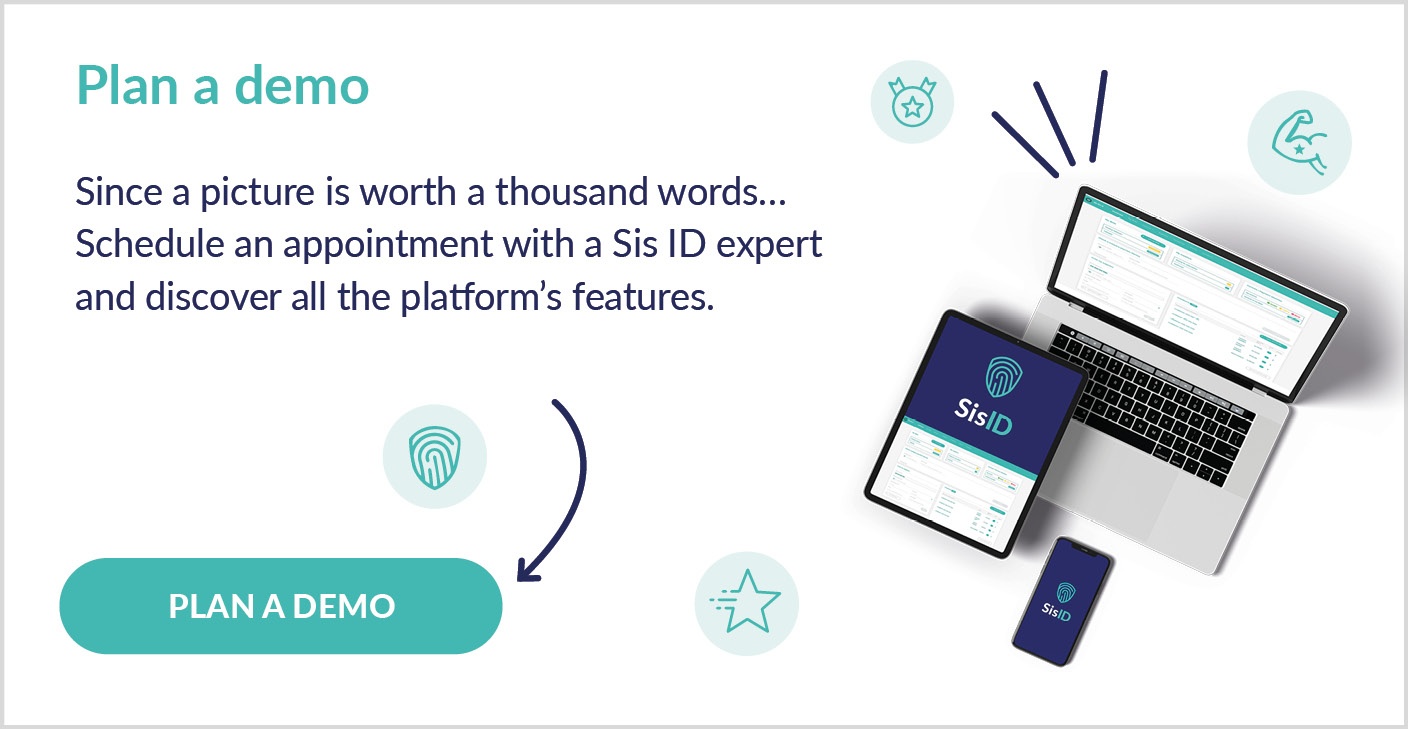How do I check an IBAN?
In today’s interconnected global economy, transfer transactions have become ubiquitous, particularly for facilitating payments between businesses and their suppliers.
However, transfer fraud using false bank details is on the rise. In 2021, 2 out of 3 companies suffered at least one fraud attempt (Euler Hermès-2021 Barometer). With the increase in these attacks exploiting false bank details, it’s more crucial than ever to verify your supplier or customer’s IBAN.
What is an IBAN?
The IBAN, or International Bank Account Number, is a distinctive identifier for both a bank account and the corresponding financial institution. This alphanumeric code, essential for executing international transfers, varies in length from 14 to 34 characters depending on the bank’s country of residence. The IBAN starts with two letters that signify the country, followed by two digits acting as the account control key, and concludes with a series of characters known as the BBAN (Basic Bank Account Number).
Your bank details prominently feature the IBAN alongside the BIC or SWIFT code:
The Growing Threat of IBAN Fraud
Transfer fraud has become a significant threat, with scams involving counterfeit IBANs becoming increasingly sophisticated. According to the 2021 Euler Hermès Barometer, a staggering two-thirds of companies have faced at least one fraud attempt. Fraudsters employ various tactics, such as masquerading as suppliers or company executives to demand urgent transfers to fraudulent accounts.
Common types of transfer fraud include:
Given the sophistication of these techniques, companies need to implement rigorous verification processes to protect against such risks.
How to Check an IBAN
Verifying bank details is a critical step in mitigating the risk of transfer fraud. This process can be integrated at multiple points within the payment chain, from creating or modifying supplier or customer records to issuing payment files.
Here are several methods to authenticate an account number:

While each of these solutions is effective individually, combining multiple verification methods offers optimal protection. By using comprehensive, digitized verification processes, financial teams can significantly reduce the risk of fraud, ensuring greater security and peace of mind. This multi-layered approach involves verifying IBANs, BICs, and SWIFT codes, and using tools that support SEPA payments and other cross-border transactions.
In an increasingly digital world, the complexity and variation in sentence structure are not mere stylistic choices but reflect the nuanced nature of safeguarding financial transactions against fraud. As fraudsters continually refine their techniques, the importance of implementing thorough and multifaceted verification processes becomes ever more critical. Leveraging a variety of available tools and combining several solutions can significantly bolster a business’s defenses against transfer fraud. By verifying IBANs and bank details through online tools, utilizing services like SEPAmail Diamond offered by banks such as BNP Paribas, and employing collaborative solutions like Sis ID, companies can secure their transactions and protect against unauthorized transfers.
These methods not only help validate the authenticity of bank account numbers but also provide comprehensive protection by digitizing and streamlining verification processes. Ensuring the accuracy and legitimacy of banking information in various countries involves verifying the IBAN, BIC, and SWIFT codes to pinpoint the correct bank and account details. This approach is crucial in mitigating risks associated with international payments and transfers, especially with SEPA payments and other cross-border transactions.
Financial teams benefit greatly from these systems, which simplify the verification process and reduce the potential for human error. Utilizing these advanced tools helps in maintaining the integrity of international payments and the trustworthiness of global banking operations. This comprehensive protection ensures greater security and peace of mind for financial teams, bolstering the reliability and safety of financial interactions across borders, helping to secure payments, transfer money accurately, and protect the valuable details of recipients and accounts in various countries. By doing so, businesses can enhance their ability to handle international payments securely, reducing the risk of fraud and ensuring the accuracy and reliability of their banking details.





